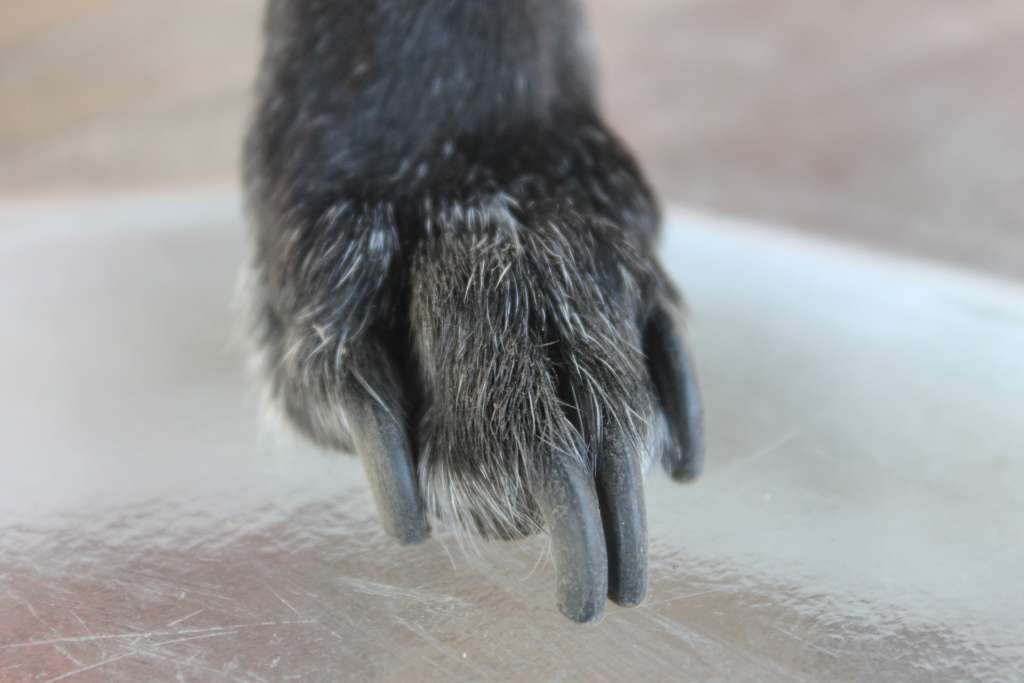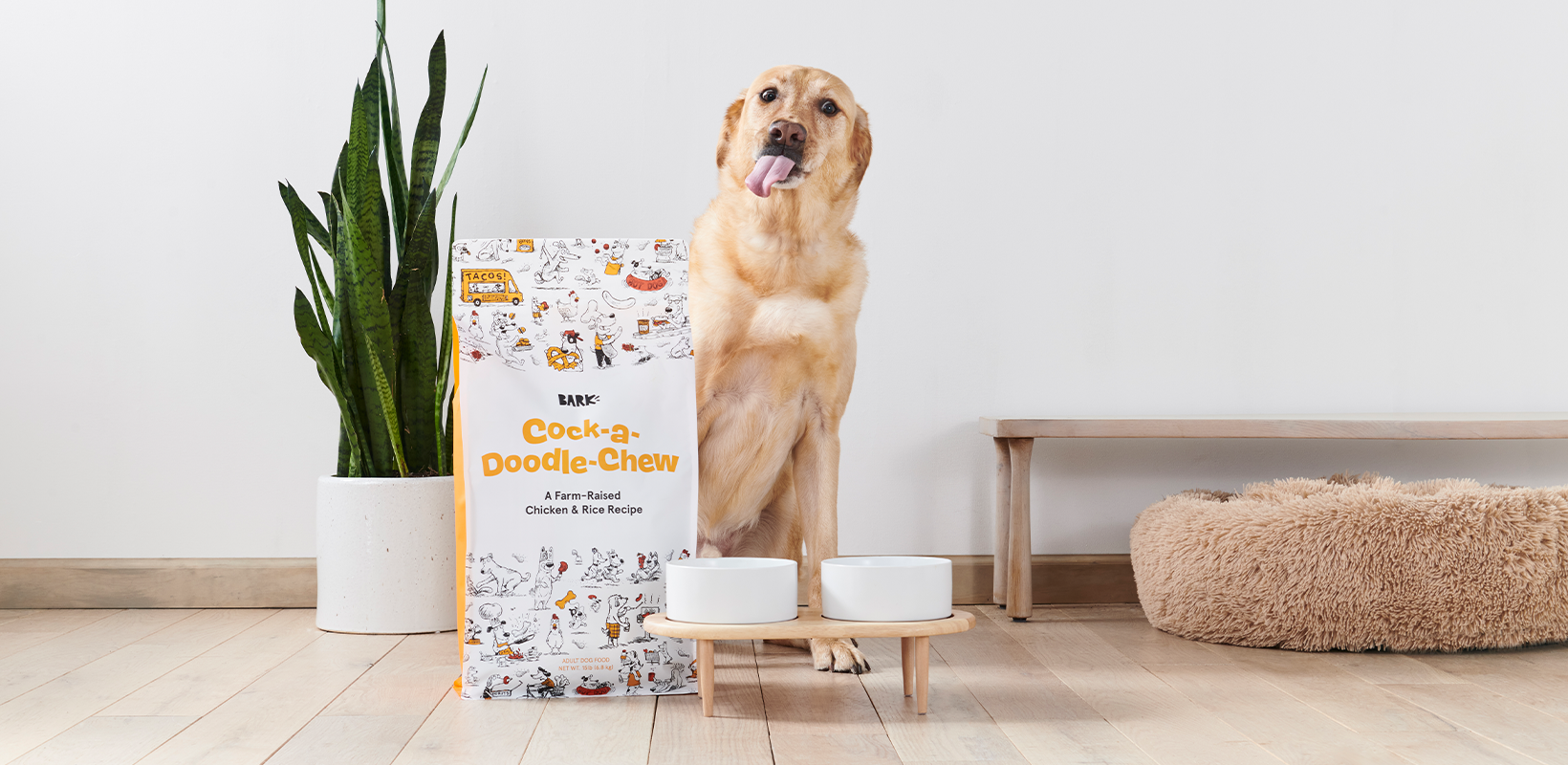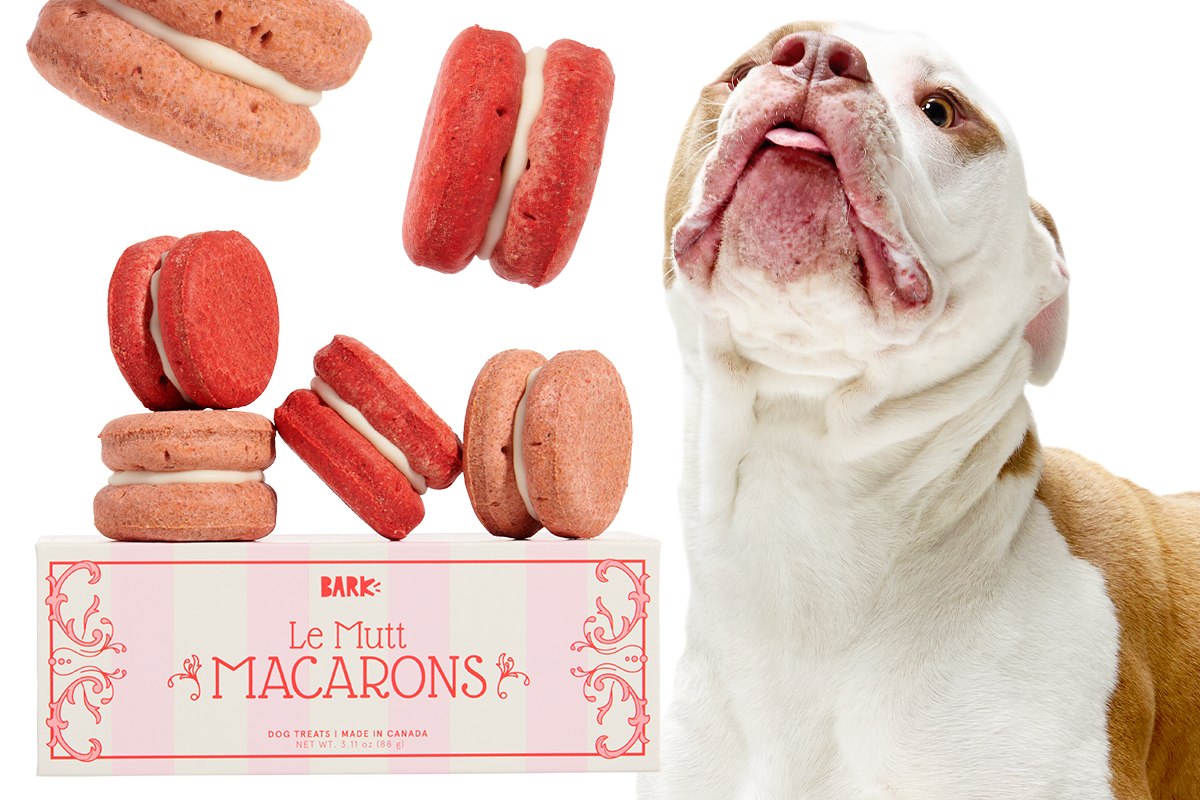For Pups With Short Attention Spans…
If you accidentally cut the quick when trimming your dog’s nails its best to stay calm and apply a clotting agent like styptic powder or even ice to constrict blood vessels and numb your pup’s pain. Positive reinforcement and treats may help your dog overcome any fear or anxiety caused by getting their nail trimmed.
Nail trimming is an important part of a dog’s regular grooming routine. If your dog’s nails get too long, they can break, which is painful and sometimes results in infection. However, trimming a dog’s nails can be a tricky endeavor.


Cutting a little too close to the quick (the nail’s blood supply) can be a scary moment for you and your dog, particularly when they have dark nails. But don’t worry! Just follow these steps to stop the bleeding:
Step 1: Don’t panic! Everything will be OK.
Dogs can read your emotions, so if you’re freaking out, there’s a good chance they will too. Sometimes it can look like a real mess, but in general cut quicks don’t bleed too much, and with the right clotting agent and pressure, stop pretty fast.
Step 2: Use a clotting agent, like styptic powder.
Styptic powder contains silver nitrate, which is the most effective product for stopping dog toenail bleeds. Apply a bit of the powder to the tip of the bleeding nail, or dip the toenail directly into the powder, and apply light pressure. Your dog may feel a little sting, so be aware in case they jerk away. You may need to reapply to stop the bleeding if they move too fast and re-open the wound.


If you don’t have styptic powder handy, try these alternate methods and home remedies:
- Cornstarch: Scoop a little plain cornstarch in your hand and dip your dog’s nail in it. Apply pressure for up to two minutes until the blood begins to clot. There’s no need to wipe away the cornstarch when the blood stops flowing—it will help protect and heal the blood vessel. No cornstarch? Try flower or baking soda in a pinch.
- Bar of soap: Make sure it’s a mild formula, as it will also help disinfect. Lightly wet to soften the soap and push your dog’s bleeding nail firmly into the bar. Hold it there for about 5 minutes. If the soap is thinner, you can try and push it all the way through at the end so the soap will stick to the nail and help coagulate the blood. If the soap falls off the nail, be patient and try it again.
- Ice cubes: Apply an ice cube to the tip of the nail (or wrap in a paper towel) to constrict blood vessels and help slow bleeding; the temperature will also help numb the area to reduce pain.
- Potassium permanganate: This is a powder made up of bright purple crystals, and is the preferred method of veterinarians to stop bleeding nails as it doubles as a disinfectant. You will need the potassium permanganate crystals, water, and a Q-tip or cotton swab. Moisten the tip of the cotton in water so the crystals will stick to it. Press the swab onto the quick and hold for 30 seconds. When you remove the cotton, the quick should stop bleeding.


Most coagulant failures are caused by being too shy about applying the agent with the right pressure. You can’t just dab it, you need to hold and press it on so it absorbs the blood at the end of the quick and helps the wound clot.
Step 3: Follow-Up Care
Try not to let your dog doesn’t put any pressure on their paw for at least 30 minutes after you treat it, or they may reopen the blood vessel. If after 30 minutes you can’t get your dog’s nail to stop bleeding, you should consult your vet or take them in for a visit.
It’s no surprise that your dog may be a little leery of future nail trims. However, with a little positive reinforcement and reassurance from you, they can overcome one unpleasant experience. Also, a few bribes during the process (like a spoonful of peanut butter) never hurts.
In general, if you don’t feel comfortable trimming your dog’s nails yourself, that’s totally fine! You can always have your vet’s office do it, or take them to a groomer instead.






